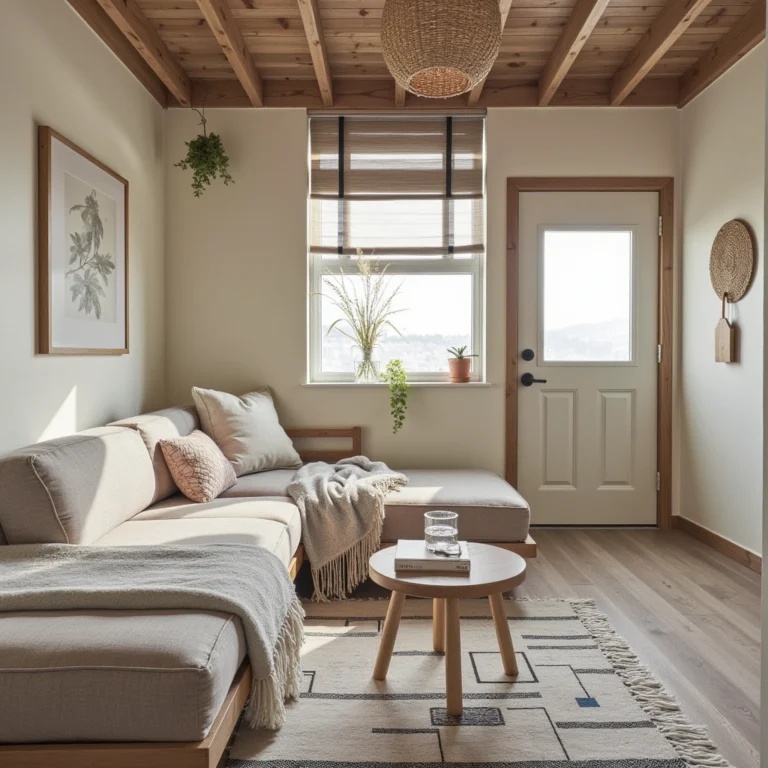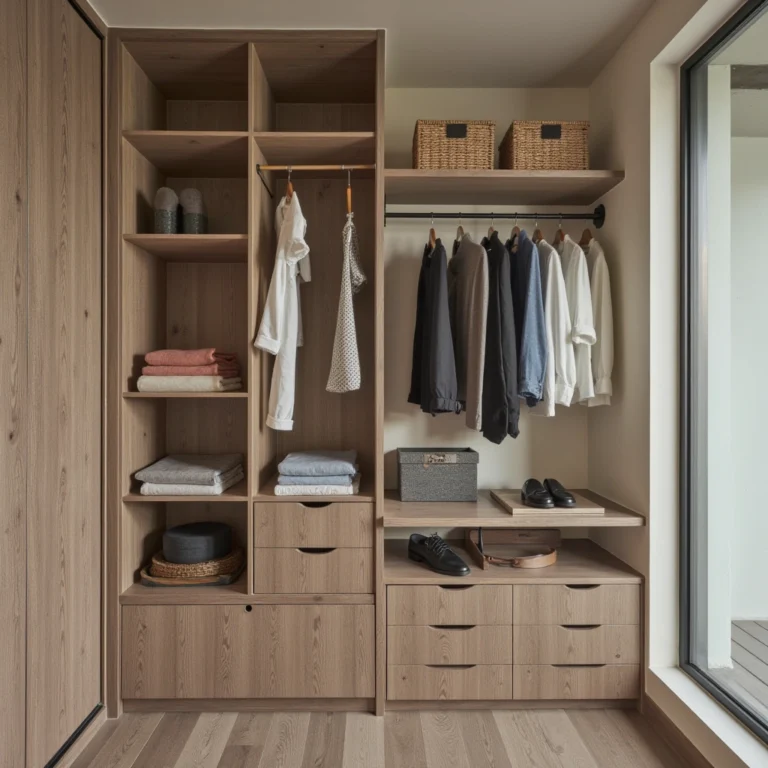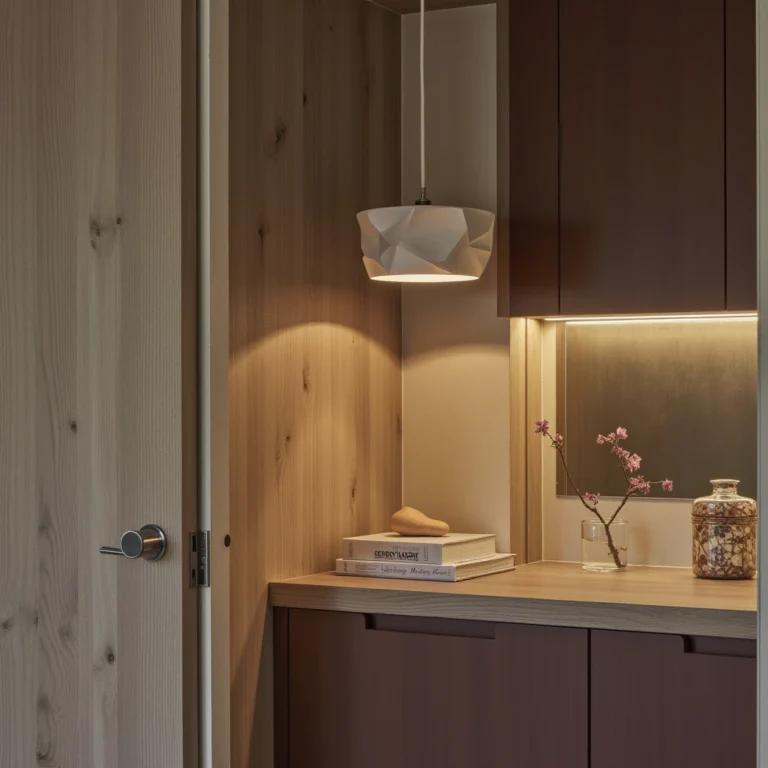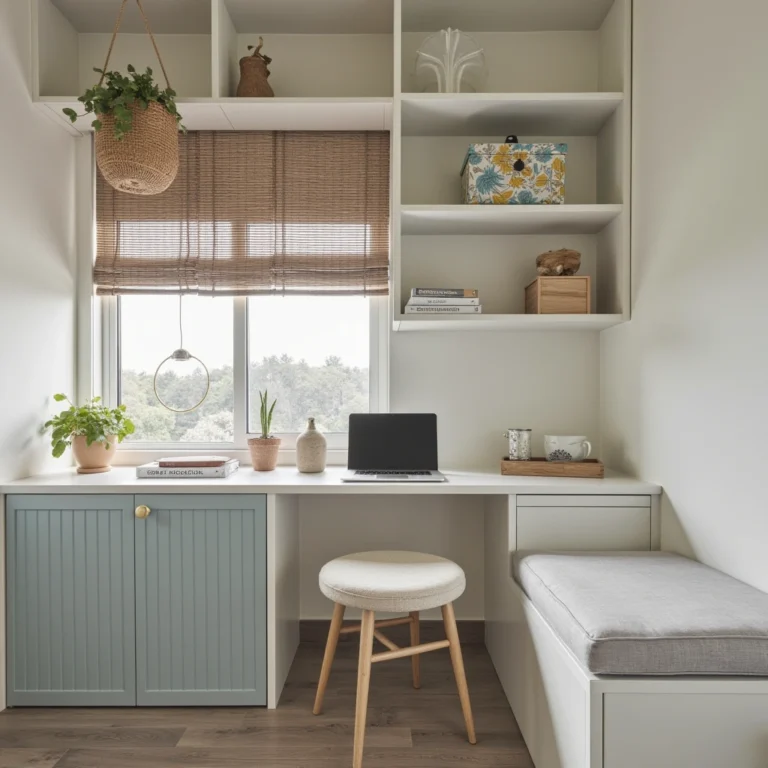17 Wabi Sabi Interior Design Ideas: Embracing Imperfection
Welcome to our comprehensive guide on Wabi Sabi interior design. If you’re looking to understand and implement this unique and deeply meaningful design philosophy, you’ve come to the right place. We pride ourselves on providing the most accurate and engaging information to help you transform your home into a sanctuary of tranquility and natural beauty.
So, what is Wabi Sabi interior design? Wabi Sabi is a traditional Japanese aesthetic concept that embraces imperfection, transience, and simplicity. It encourages the acceptance of flaws and the beauty of natural aging. In interior design, Wabi Sabi translates to using organic materials, subtle colors, and minimalist principles to create a serene and balanced space.
Ready to dive deeper? Let’s explore the fascinating world of Wabi Sabi and discover how you can integrate its principles into your home. You’ll learn about the history, key elements, and practical tips to achieve this timeless and calming aesthetic.
Understanding Wabi Sabi Interior Design
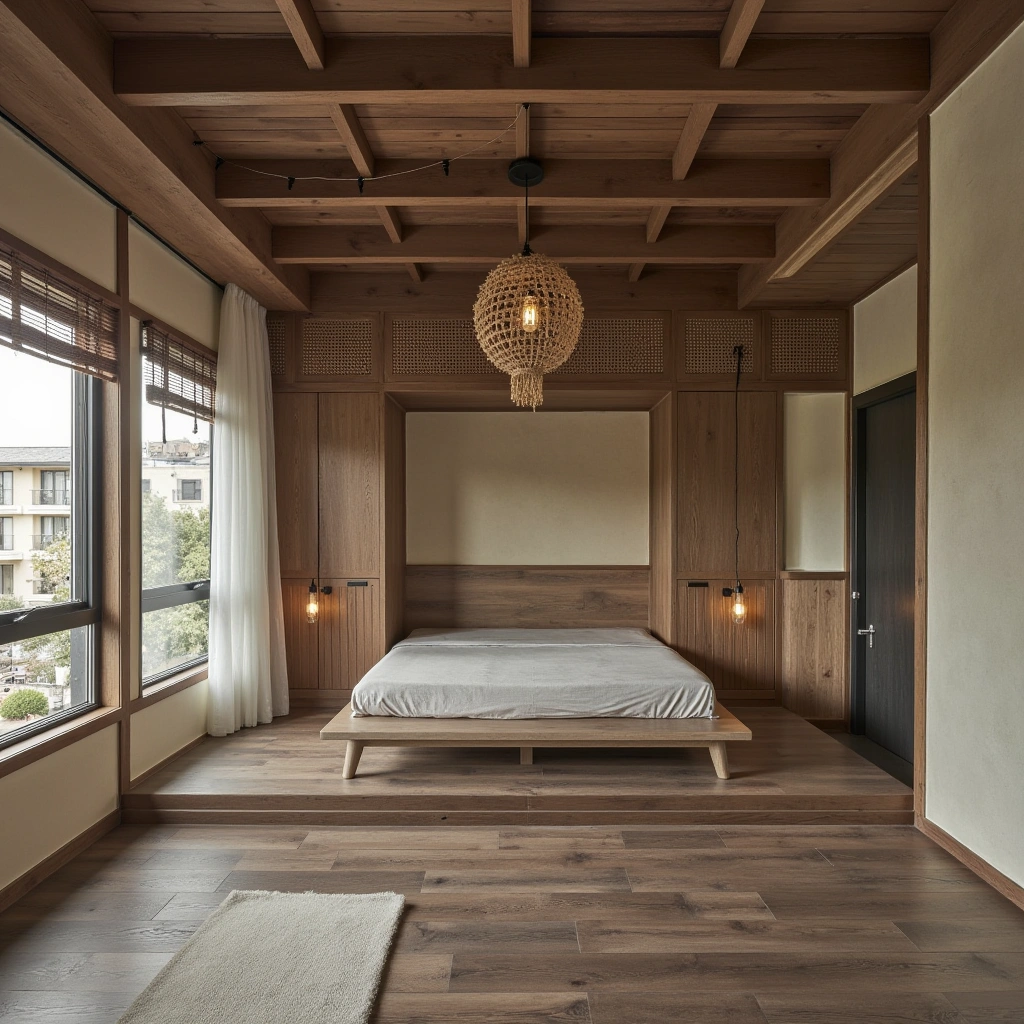
Wabi Sabi is more than just a design trend; it’s a philosophy that celebrates the imperfect, the impermanent, and the incomplete. Originating from Buddhist teachings, Wabi Sabi encourages us to find beauty in the flawed and to appreciate the natural cycle of growth, decay, and rebirth. In interior design, this translates to a space that feels organic, authentic, and deeply personal.
The History and Philosophy of Wabi Sabi
Wabi Sabi has its roots in the traditional Japanese tea ceremony, where the focus is on the simple and rustic. The term “Wabi” refers to the beauty of humble and simple objects, while “Sabi” refers to the beauty of age and wear. Together, they form a philosophy that values the natural and the imperfect over the polished and the perfect.
Key Elements of Wabi Sabi Interior Design
Wabi Sabi interior design is characterized by several key elements:
- Natural Materials: Wood, stone, clay, and linen are commonly used to bring a sense of nature indoors.
- Subtle Colors: Neutral and earthy tones create a calming atmosphere.
- Minimalism: Simplicity and functionality are prioritized over clutter and excess.
- Handmade and Imperfect: Items with slight imperfections or signs of wear are celebrated.
- Connection to Nature: Incorporating plants, natural light, and organic shapes.
Benefits of Wabi Sabi Interior Design
Embracing Wabi Sabi in your home can have numerous benefits:
- Mindfulness: It encourages a mindful approach to living, promoting relaxation and stress relief.
- Sustainability: By valuing aged and imperfect items, it reduces waste and promotes sustainability.
- Personalization: It allows for a deeply personal and unique design that reflects your individuality.
Now that we have a solid understanding of Wabi Sabi, let’s dive into 17 beautiful and practical ideas to bring this philosophy into your home.
1. Embrace Natural Wood
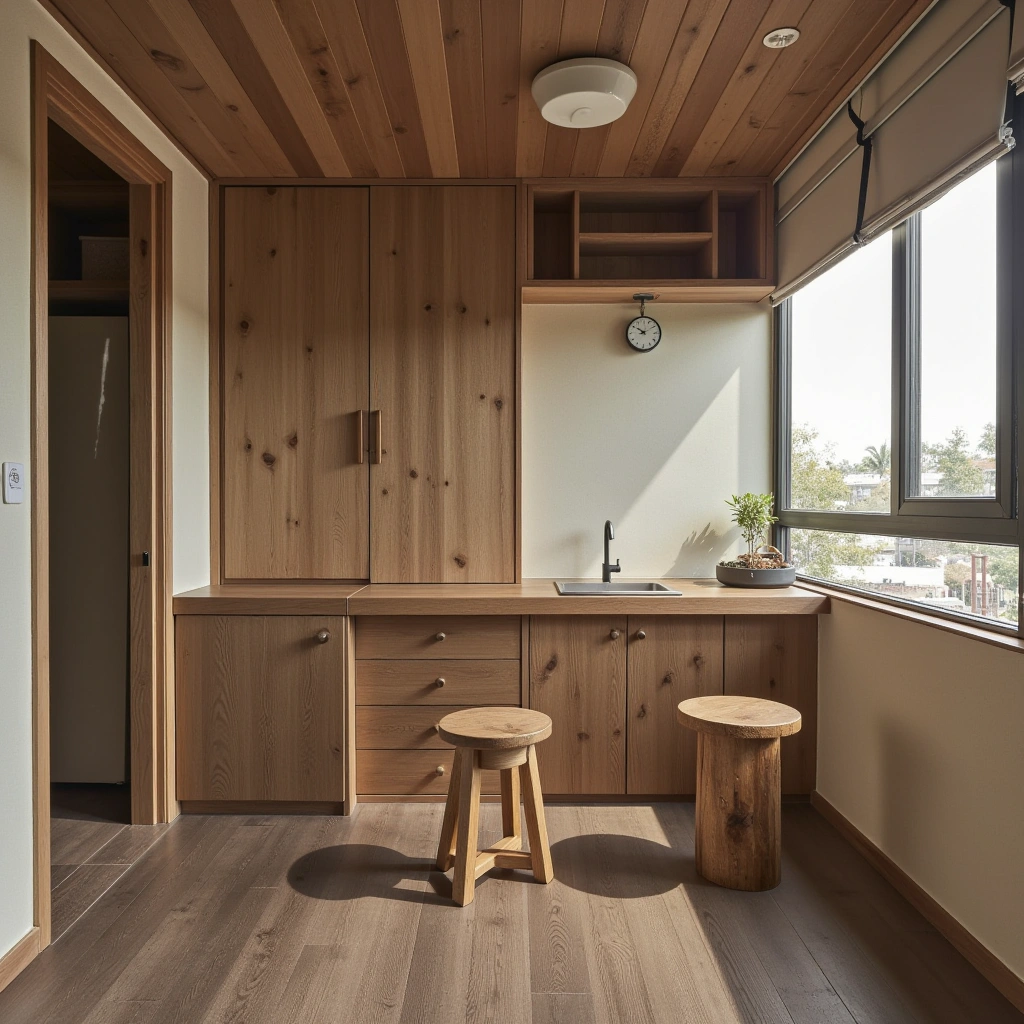
One of the fundamental principles of Wabi Sabi is the use of natural materials, and wood is a perfect choice. Whether it’s a rustic wooden table, a hand-carved stool, or a simple wooden shelf, natural wood brings warmth and character to any space. Opt for pieces with visible grain, knots, and slight imperfections to truly embody the Wabi Sabi spirit.
Implementation Tips:
- Choose unfinished or lightly stained wood to highlight its natural beauty.
- Mix different types of wood for a varied and organic look.
- Incorporate wooden elements in both furniture and decor, such as wooden bowls or trays.
Suitability: This approach works well in both modern and traditional homes, adding a touch of rustic charm to any setting.
Transition: By embracing natural wood, you set the stage for a space that feels grounded and connected to nature, paving the way for the next idea.
2. Incorporate Stone and Clay
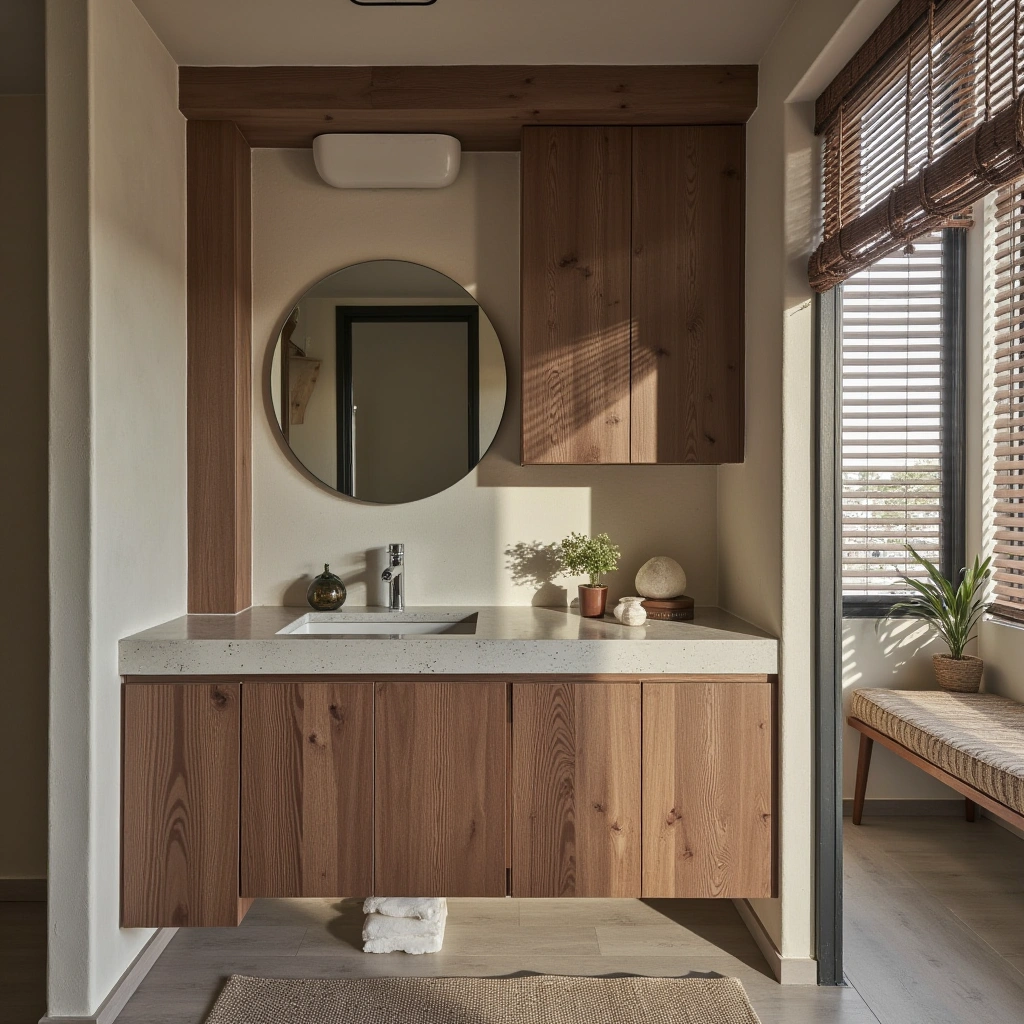
Stone and clay are excellent materials for adding a touch of Wabi Sabi to your home. These materials are not only durable but also have a natural, earthy appeal. Consider using stone for countertops, flooring, or decorative accents, and clay for pottery, vases, or even wall art. The natural textures and subtle imperfections of these materials add depth and character to your space.
Implementation Tips:
- Opt for raw, unpolished stone to highlight its natural beauty.
- Use handmade clay pottery with slight variations in shape and color.
- Incorporate stone and clay elements in both functional and decorative items.
Suitability: This approach is versatile and can be incorporated into various home styles, from modern to rustic.
Transition: With stone and clay elements in place, your space will feel more grounded and connected to the earth, setting the stage for the next idea.
3. Use Neutral and Earthy Colors
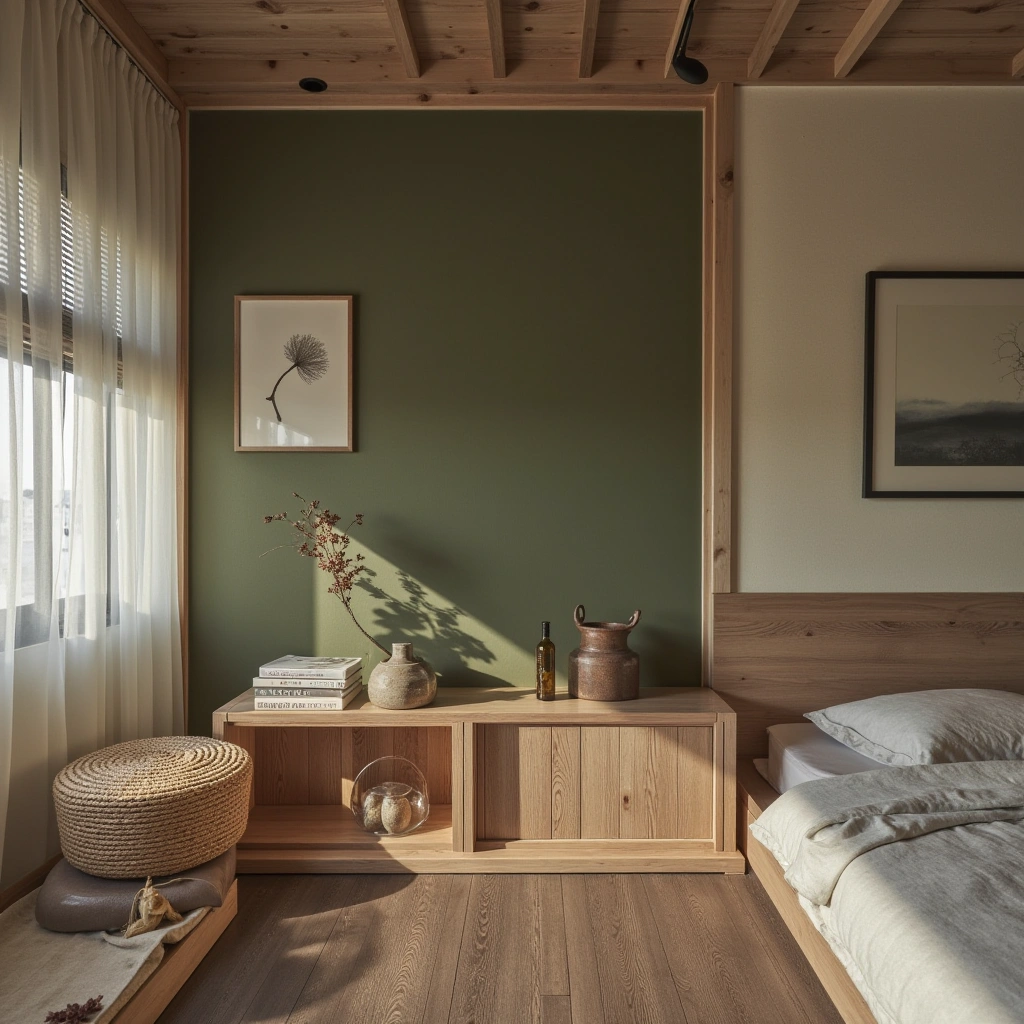
Wabi Sabi interior design favors a neutral and earthy color palette. Shades of beige, brown, green, and gray create a calming and harmonious atmosphere. These colors are inspired by nature and help to create a serene and balanced space. Consider using these colors in your paint choices, furniture, and decorative accents.
Implementation Tips:
- Opt for muted, soft tones rather than bright, vibrant colors.
- Use a variety of textures within your color palette to add depth and interest.
- Incorporate natural materials in similar shades to create a cohesive look.
Suitability: This color scheme works well in both modern and traditional homes, adding a touch of natural elegance to any setting.
Transition: With a neutral and earthy color palette in place, your space will feel more tranquil and inviting, paving the way for the next idea.
4. Prioritize Minimalism

Minimalism is a key principle of Wabi Sabi interior design. By keeping your space simple and uncluttered, you create a calming and peaceful environment. Focus on functionality and simplicity, choosing furniture and decor that serve a purpose and add to the overall aesthetic.
Implementation Tips:
- Declutter regularly to maintain a clean and organized space.
- Opt for multi-functional furniture to maximize space and functionality.
- Use open shelving and storage solutions to keep items visible and accessible.
Suitability: This approach works well in both modern and traditional homes, adding a touch of simplicity and elegance to any setting.
Transition: With a minimalist approach in place, your space will feel more open and airy, setting the stage for the next idea.
5. Celebrate Handmade and Imperfect Items
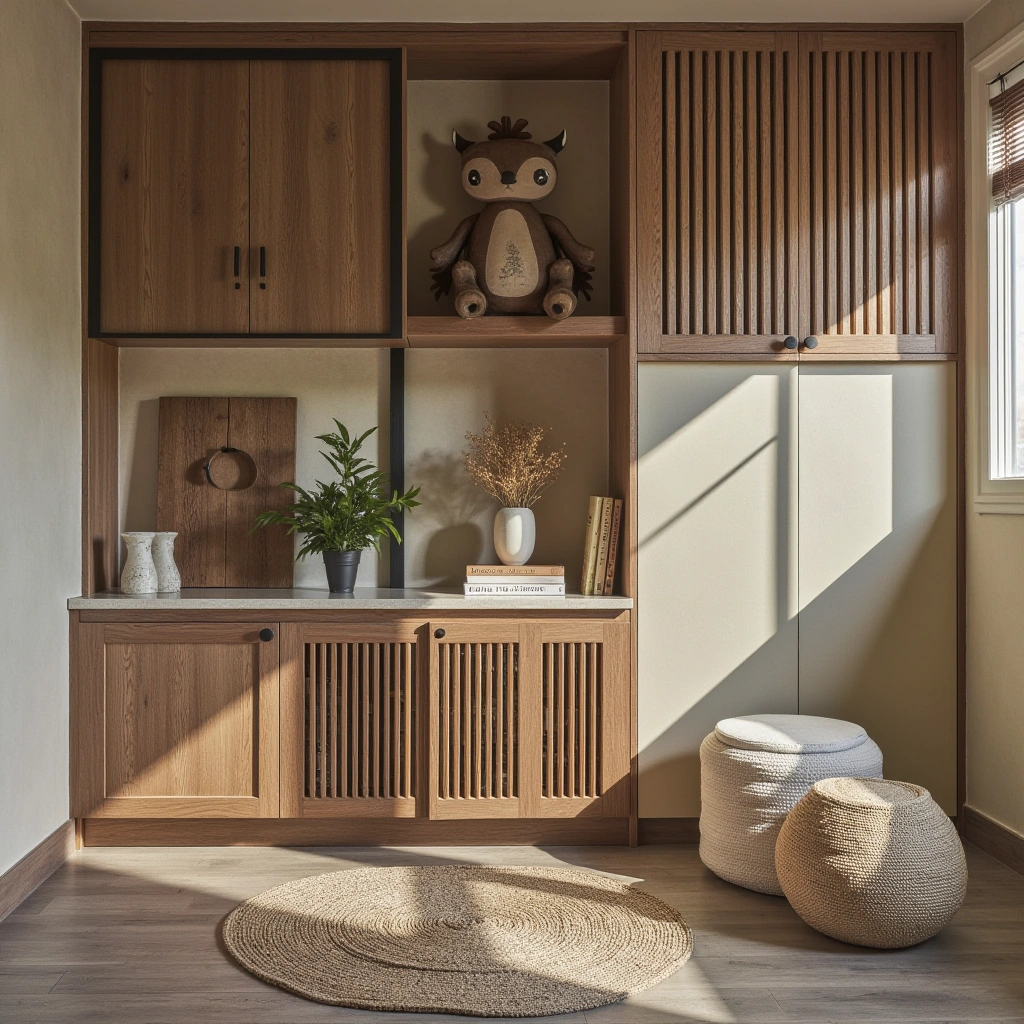
Wabi Sabi celebrates the beauty of handmade and imperfect items. These items add a unique and personal touch to your space, reflecting your individuality and creativity. Consider incorporating handmade pottery, textiles, or art pieces that have slight imperfections or signs of wear.
Implementation Tips:
- Support local artisans and purchase handmade items from craft fairs or online marketplaces.
- DIY some of your own decorative items to add a personal touch.
- Display imperfect items prominently to highlight their beauty and uniqueness.
Suitability: This approach works well in both modern and traditional homes, adding a touch of authenticity and charm to any setting.
Transition: With handmade and imperfect items in place, your space will feel more personal and unique, paving the way for the next idea.
6. Connect with Nature
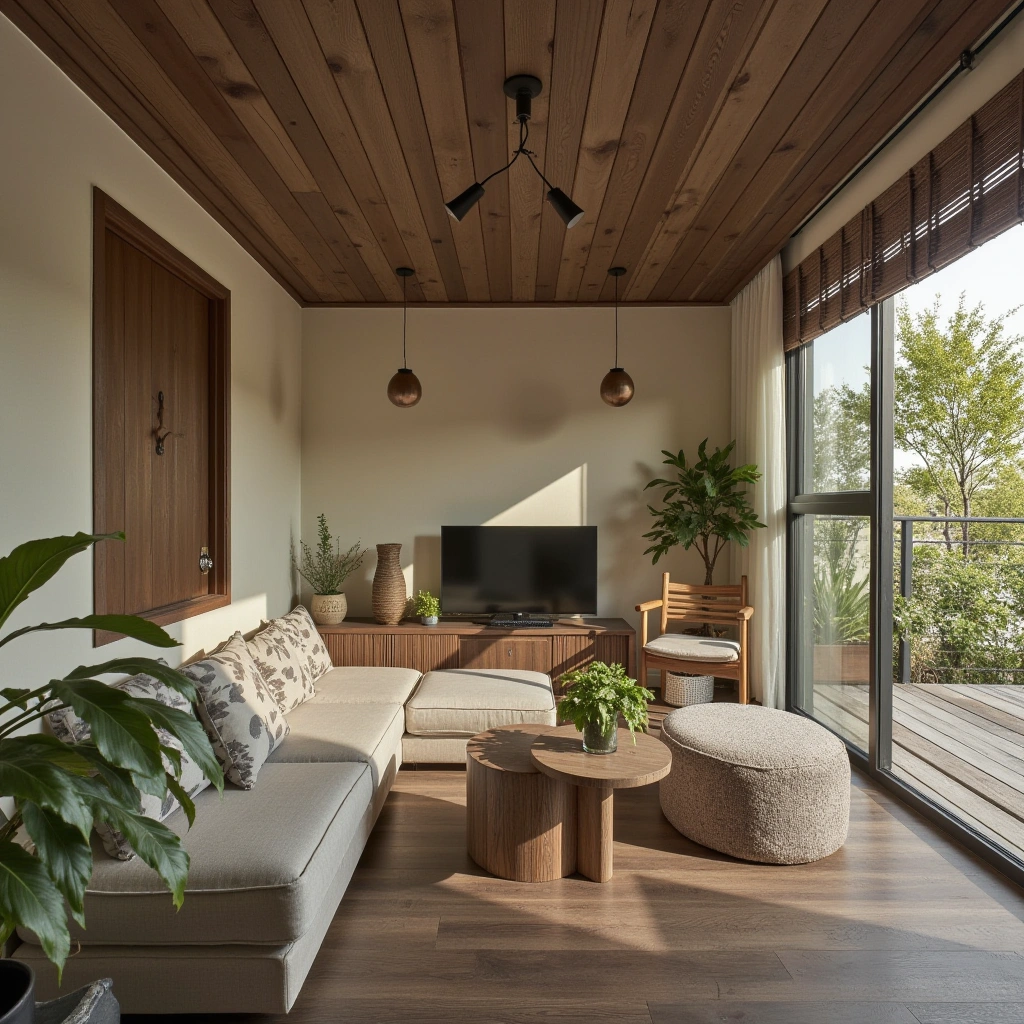
Connecting with nature is a fundamental aspect of Wabi Sabi interior design. Incorporating plants, natural light, and organic shapes helps to create a space that feels fresh and alive. Consider adding potted plants, hanging plants, or even a small indoor garden to bring a touch of nature indoors.
Implementation Tips:
- Choose plants that are easy to care for and thrive in indoor conditions.
- Use natural light to highlight your plants and create a bright, airy space.
- Incorporate organic shapes in your furniture and decor, such as rounded edges or natural forms.
Suitability: This approach works well in both modern and traditional homes, adding a touch of natural beauty to any setting.
Transition: With a connection to nature in place, your space will feel more vibrant and alive, setting the stage for the next idea.
7. Embrace Natural Light
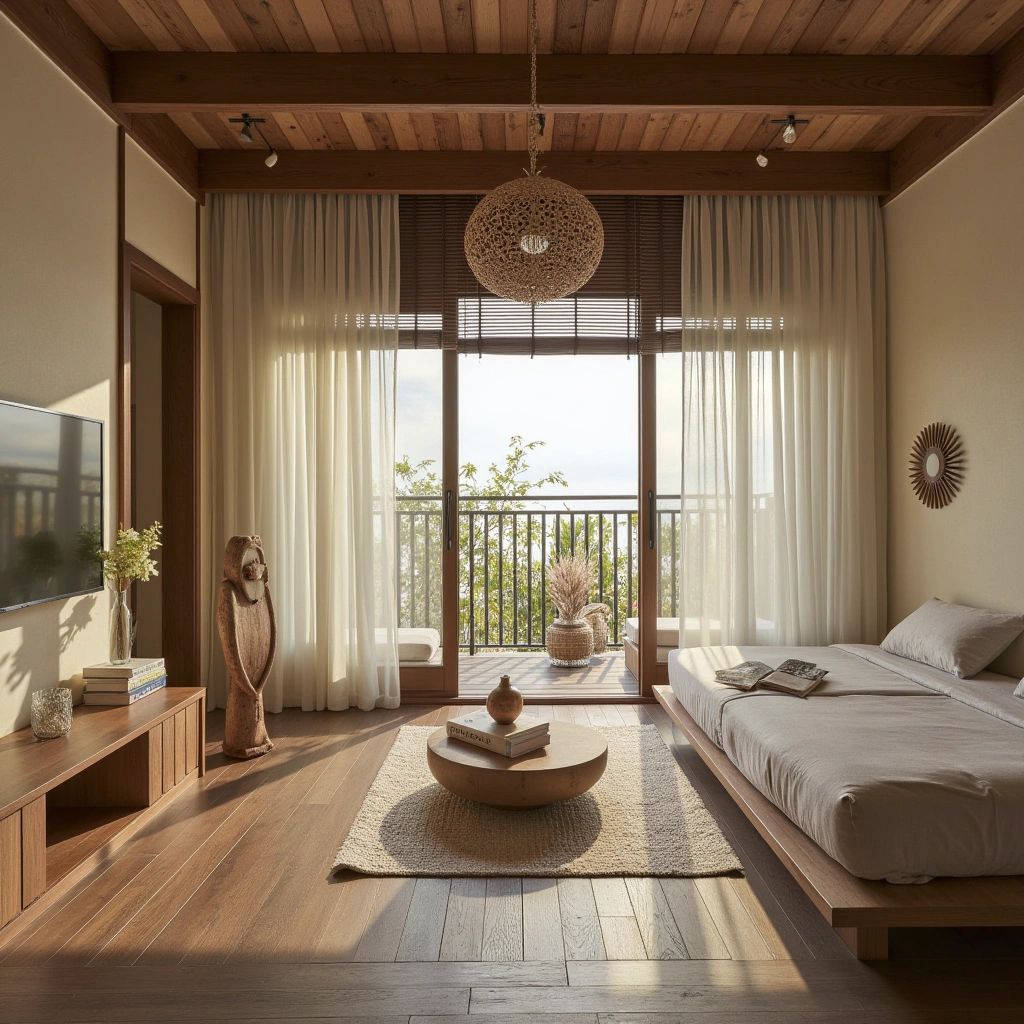
Natural light is essential in Wabi Sabi interior design. It not only brightens up your space but also creates a warm and inviting atmosphere. Consider using sheer curtains, large windows, or even skylights to maximize natural light in your home.
Implementation Tips:
- Opt for light-colored window treatments to allow more light to enter.
- Position furniture away from windows to avoid blocking natural light.
- Use mirrors to reflect and amplify natural light in your space.
Suitability: This approach works well in both modern and traditional homes, adding a touch of brightness and warmth to any setting.
Transition: With natural light in place, your space will feel more open and inviting, paving the way for the next idea.
8. Incorporate Organic Shapes
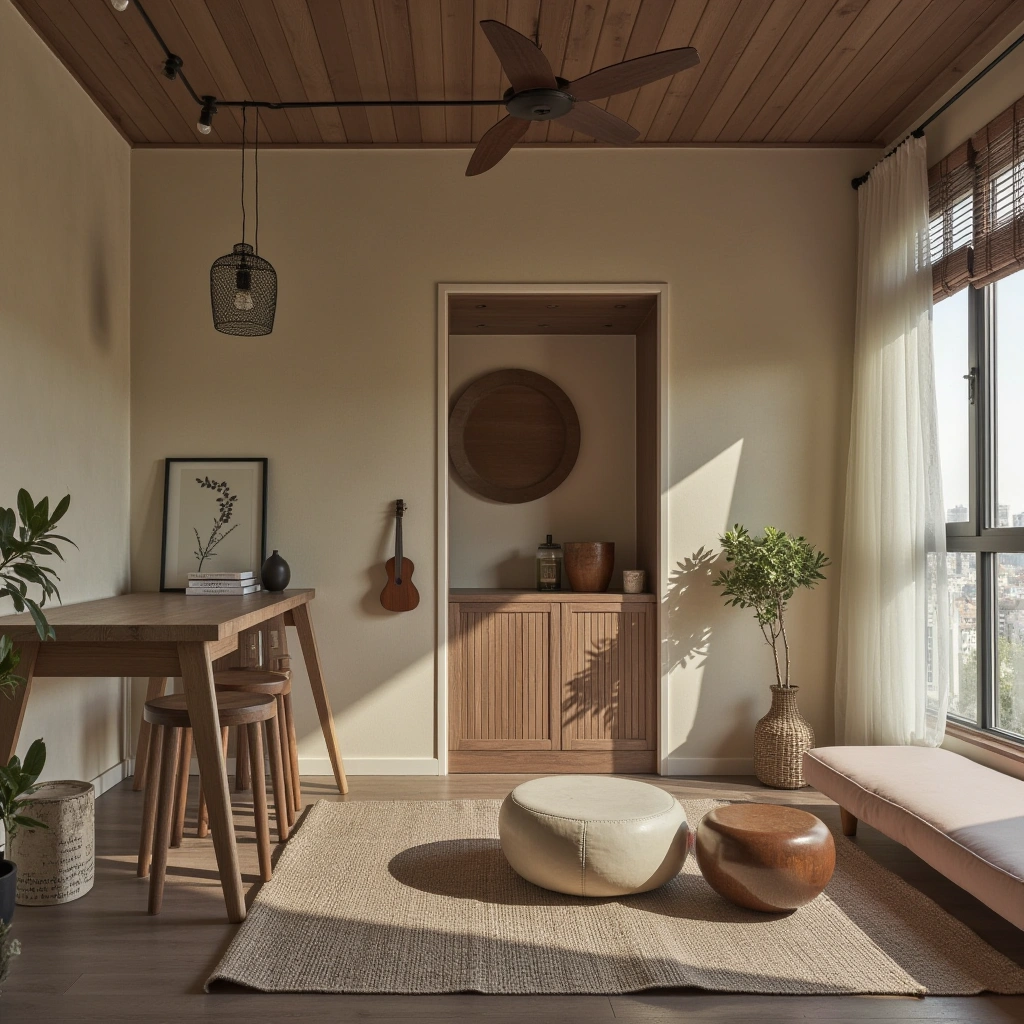
Organic shapes are a key element of Wabi Sabi interior design. These shapes are inspired by nature and add a soft, natural feel to your space. Consider incorporating rounded edges, curved lines, or irregular shapes in your furniture and decor.
Implementation Tips:
- Opt for furniture with rounded edges or curved lines.
- Use decorative accents with organic shapes, such as vases or sculptures.
- Incorporate natural forms, such as branches or stones, into your decor.
Suitability: This approach works well in both modern and traditional homes, adding a touch of natural elegance to any setting.
Transition: With organic shapes in place, your space will feel more harmonious and balanced, setting the stage for the next idea.
9. Use Textured Fabrics

Textured fabrics add depth and interest to your space, embodying the Wabi Sabi philosophy of embracing imperfection. Consider using natural fibers like linen, cotton, or wool, which have a natural, slightly imperfect texture. These fabrics not only look beautiful but also feel great to the touch.
Implementation Tips:
- Opt for fabrics with a slightly rough or uneven texture.
- Use a variety of textures in your space to create a layered, tactile look.
- Incorporate textured fabrics in both your furniture and decorative accents.
Suitability: This approach works well in both modern and traditional homes, adding a touch of natural elegance to any setting.
Transition: With textured fabrics in place, your space will feel more cozy and inviting, paving the way for the next idea.
10. Display Art with Natural Themes
Art with natural themes is a great way to bring the beauty of nature into your home. Consider displaying artwork that features landscapes, animals, or abstract natural forms. These pieces not only add a visual interest but also reinforce the connection to nature that is central to Wabi Sabi.
Implementation Tips:
- Opt for artwork with muted, natural colors to complement your Wabi Sabi palette.
- Use a variety of mediums, such as paintings, prints, or sculptures, to add depth and interest.
- Display your artwork prominently to highlight its beauty and significance.
Suitability: This approach works well in both modern and traditional homes, adding a touch of natural beauty to any setting.
Transition: With art featuring natural themes in place, your space will feel more inspired and connected to nature, setting the stage for the next idea.
11. Embrace the Beauty of Aging
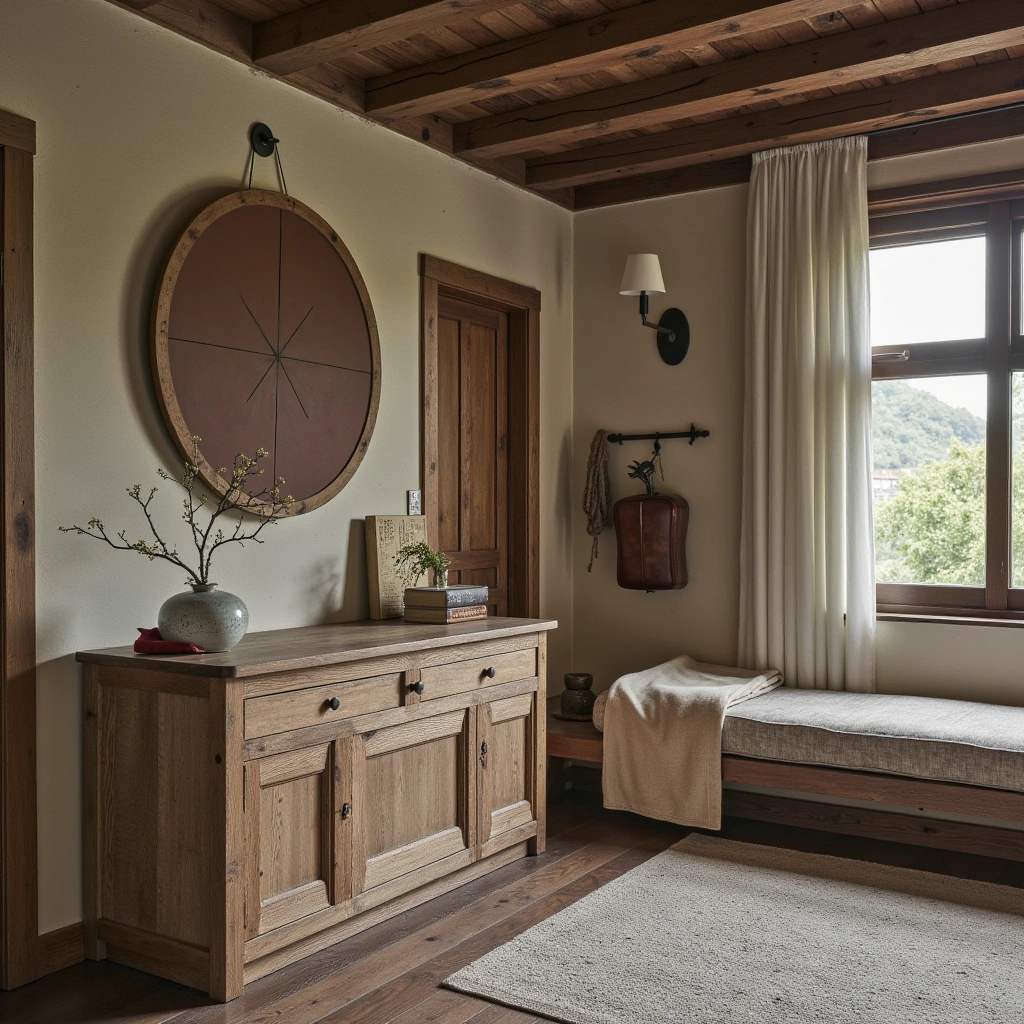
Wabi Sabi encourages us to find beauty in the aging process. Consider incorporating items that show signs of wear and age, such as antique furniture, vintage textiles, or weathered decor. These items add a sense of history and character to your space.
Implementation Tips:
- Opt for furniture and decor with a patina or slight wear.
- Use items with a story or history to add depth and meaning to your space.
- Display aged items prominently to highlight their beauty and uniqueness.
Suitability: This approach works well in both modern and traditional homes, adding a touch of timeless elegance to any setting.
Transition: With the beauty of aging in place, your space will feel more rich and storied, paving the way for the next idea.
12. Create a Calming Atmosphere
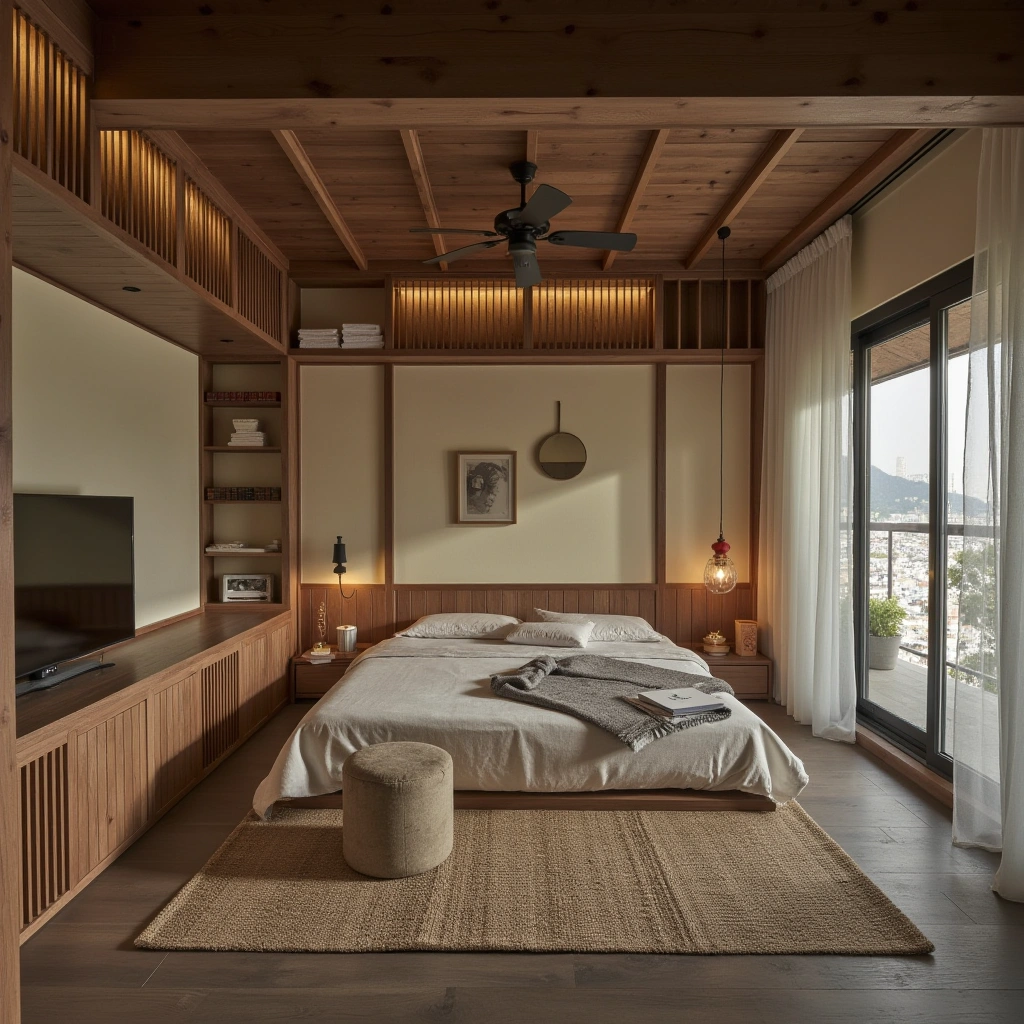
Creating a calming atmosphere is essential in Wabi Sabi interior design. Consider using soft lighting, soothing colors, and comfortable seating to create a space that feels peaceful and relaxing. This atmosphere encourages mindfulness and relaxation, making your home a sanctuary from the stresses of daily life.
Implementation Tips:
- Opt for warm, ambient lighting to create a cozy and inviting atmosphere.
- Use neutral and earthy colors to promote a sense of calm and tranquility.
- Incorporate comfortable seating options, such as plush cushions or cozy armchairs.
Suitability: This approach works well in both modern and traditional homes, adding a touch of serenity to any setting.
Transition: With a calming atmosphere in place, your space will feel more peaceful and inviting, setting the stage for the next idea.
13. Use Natural Scents
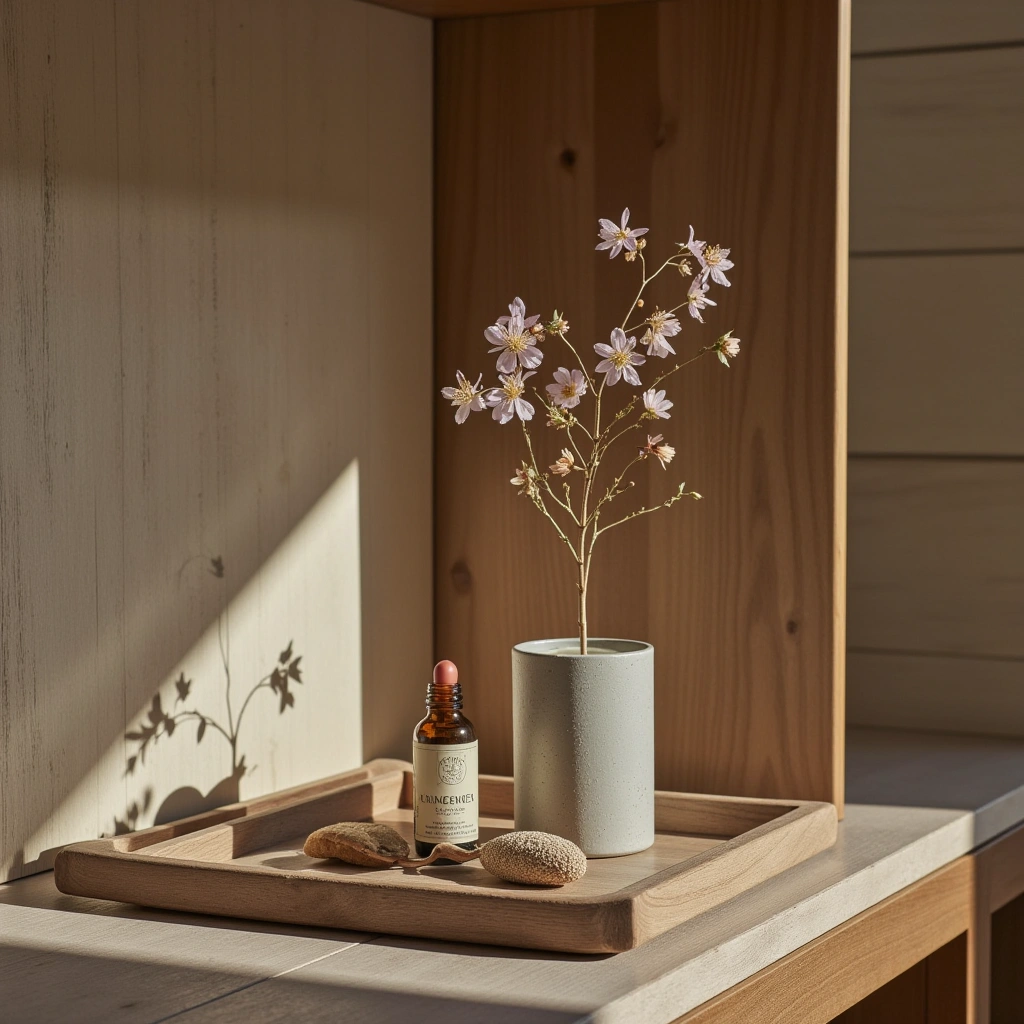
Natural scents can enhance the Wabi Sabi experience by creating a soothing and inviting atmosphere. Consider using essential oils, scented candles, or fresh flowers to add a pleasant and natural fragrance to your space. These scents not only smell great but also have calming and therapeutic benefits.
Implementation Tips:
- Opt for natural scents like lavender, eucalyptus, or pine to complement your Wabi Sabi aesthetic.
- Use diffusers, candles, or potpourri to disperse the scent throughout your space.
- Incorporate fresh flowers or herbs to add a natural and fragrant touch.
Suitability: This approach works well in both modern and traditional homes, adding a touch of natural elegance to any setting.
Transition: With natural scents in place, your space will feel more inviting and soothing, paving the way for the next idea.
14. Incorporate Simple, Functional Furniture
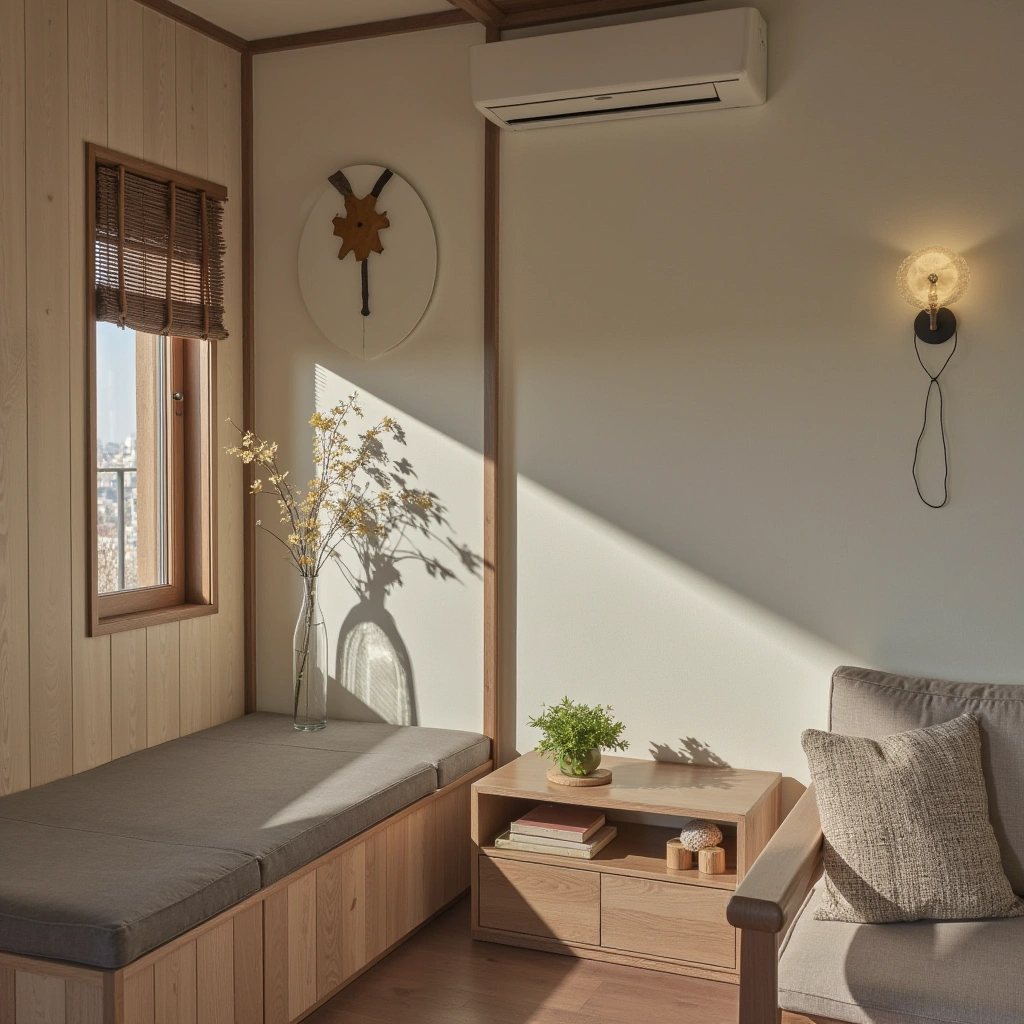
Simple, functional furniture is a key element of Wabi Sabi interior design. Consider choosing pieces that are both aesthetically pleasing and practical. Opt for furniture with clean lines, natural materials, and a focus on functionality.
Implementation Tips:
- Opt for multi-functional furniture to maximize space and functionality.
- Use furniture with a natural, slightly imperfect finish to embody the Wabi Sabi spirit.
- Incorporate simple, functional pieces like stools, benches, or storage baskets.
Suitability: This approach works well in both modern and traditional homes, adding a touch of simplicity and elegance to any setting.
Transition: With simple, functional furniture in place, your space will feel more organized and efficient, setting the stage for the next idea.
15. Add Personal Touches
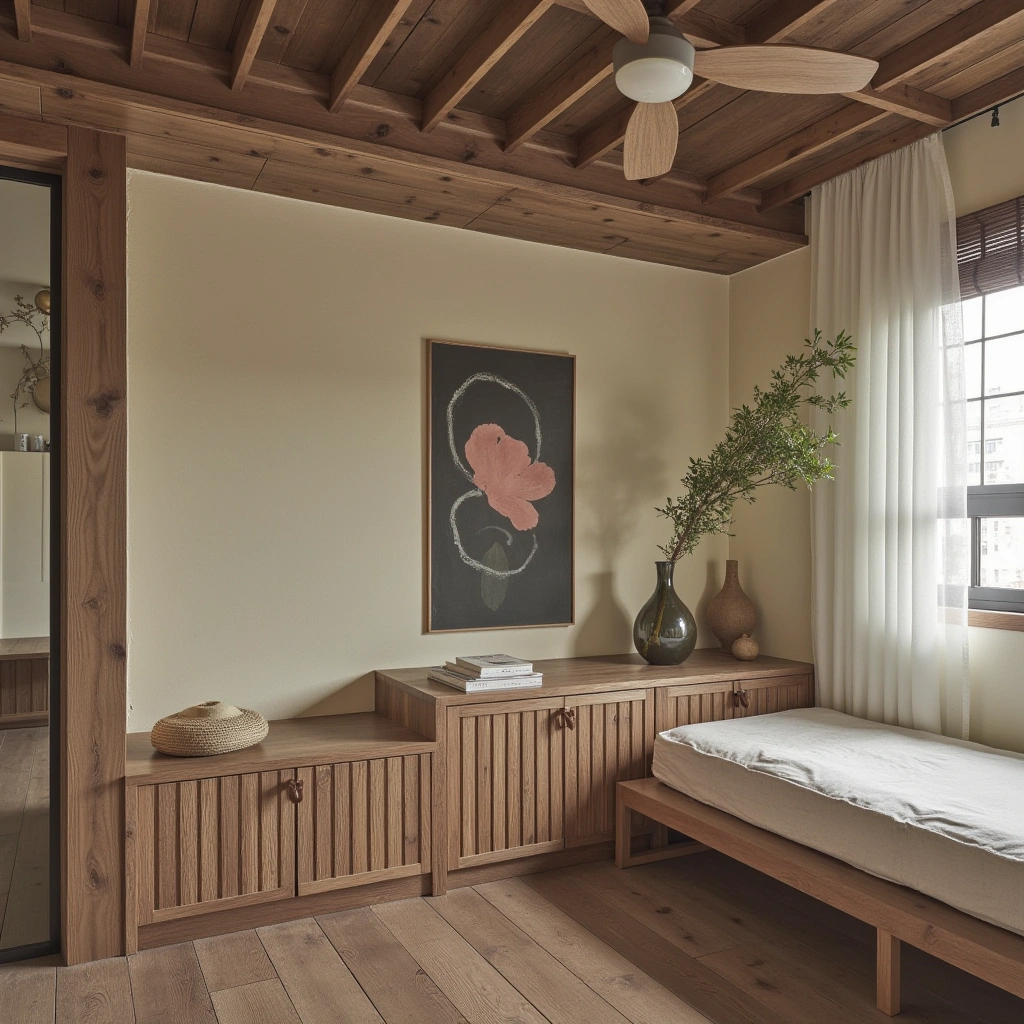
Adding personal touches is a great way to make your Wabi Sabi space feel uniquely yours. Consider incorporating items that have sentimental value, such as family heirlooms, travel souvenirs, or handmade crafts. These items add a personal and meaningful touch to your space.
Implementation Tips:
- Display personal items prominently to highlight their significance and beauty.
- Use items with a story or history to add depth and meaning to your space.
- Incorporate personal touches in both your furniture and decorative accents.
Suitability: This approach works well in both modern and traditional homes, adding a touch of personal elegance to any setting.
Transition: With personal touches in place, your space will feel more authentic and unique, paving the way for the next idea.
16. Embrace the Seasons
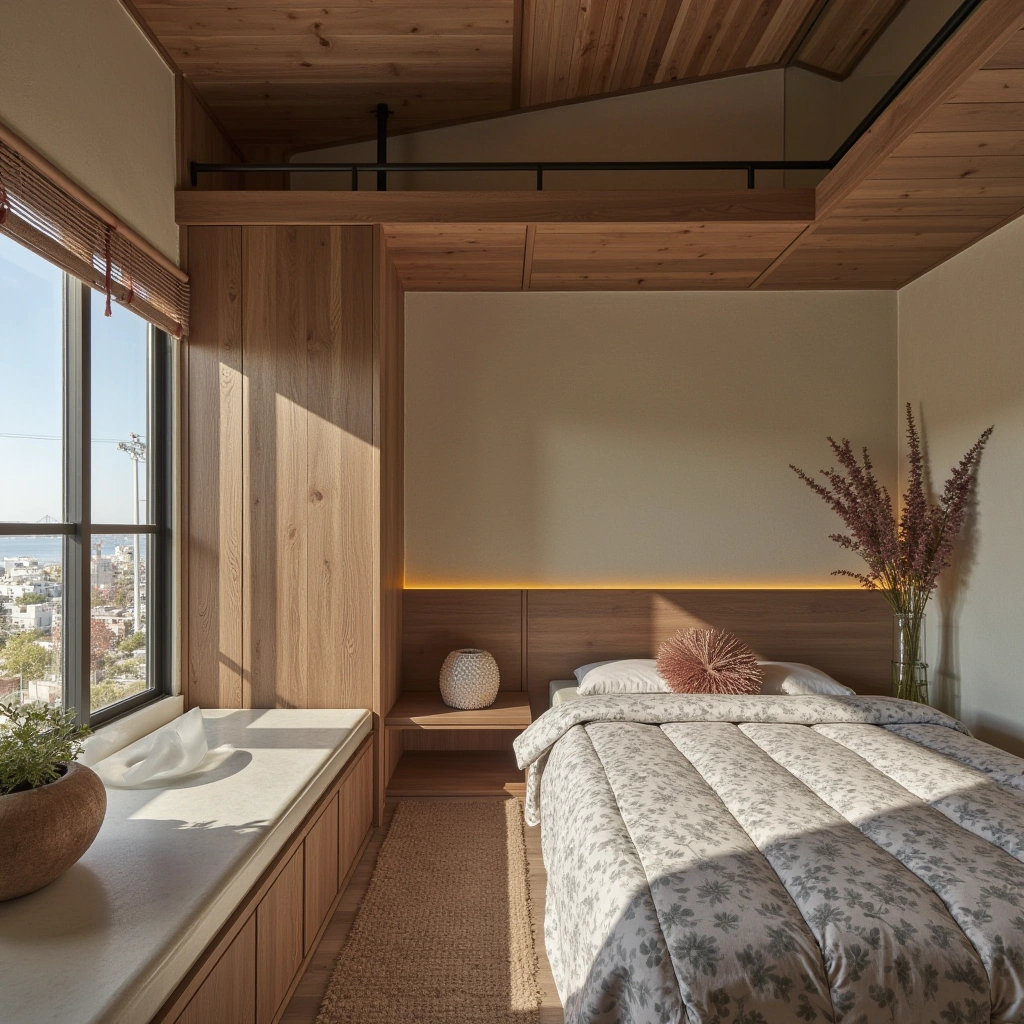
Embracing the seasons is a key principle of Wabi Sabi interior design. Consider incorporating seasonal elements into your space, such as fresh flowers in the spring, warm blankets in the winter, or fall foliage in the autumn. These seasonal touches help to create a space that feels connected to the natural world.
Implementation Tips:
- Opt for seasonal decor that complements your Wabi Sabi aesthetic.
- Use natural materials like leaves, branches, or flowers to add a seasonal touch.
- Incorporate seasonal scents, such as pine in the winter or lavender in the spring.
Suitability: This approach works well in both modern and traditional homes, adding a touch of natural elegance to any setting.
Transition: With seasonal elements in place, your space will feel more connected to the natural world, setting the stage for the next idea.
17. Practice Mindfulness in Your Space
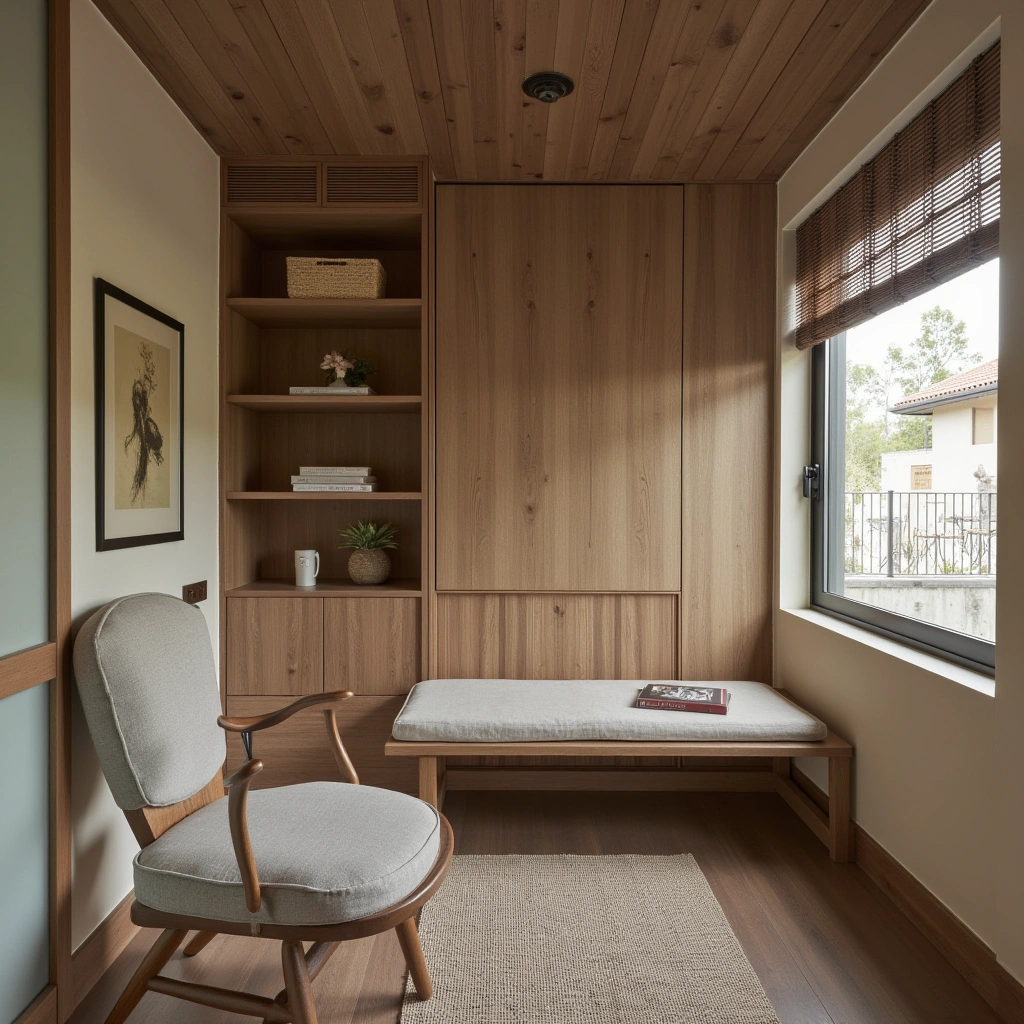
Practicing mindfulness is an important aspect of Wabi Sabi interior design. Consider creating a space that encourages mindfulness and relaxation, such as a meditation corner or a cozy reading nook. These spaces help to promote a sense of calm and tranquility, making your home a sanctuary from the stresses of daily life.
Implementation Tips:
- Opt for comfortable seating options, such as plush cushions or cozy armchairs.
- Use soft lighting and soothing colors to create a calming atmosphere.
- Incorporate natural elements, such as plants or flowers, to enhance the mindful experience.
Suitability: This approach works well in both modern and traditional homes, adding a touch of serenity to any setting.
Transition: With mindfulness practices in place, your space will feel more peaceful and inviting, concluding our journey through Wabi Sabi interior design.
Conclusion
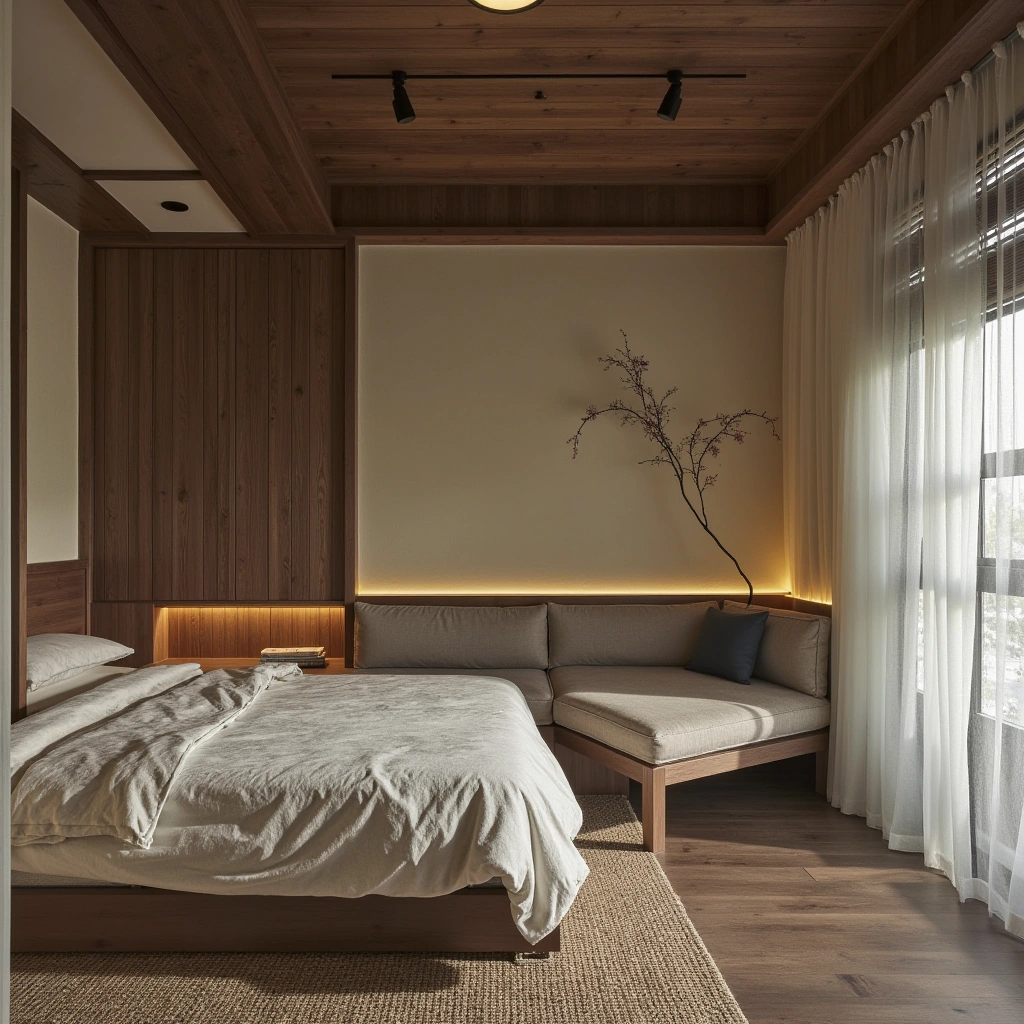
In conclusion, Wabi Sabi interior design is a beautiful and deeply meaningful way to create a space that feels connected to nature, embraces imperfection, and promotes mindfulness. By incorporating natural materials, subtle colors, and simple, functional furniture, you can create a serene and balanced environment that reflects your individuality and values.
Wabi Sabi interior design encourages us to find beauty in the flawed, the imperfect, and the impermanent, making it a timeless and calming aesthetic for any home. So, embrace the imperfections, connect with nature, and create a space that truly reflects the beauty of Wabi Sabi.
Wabi Sabi interior design



